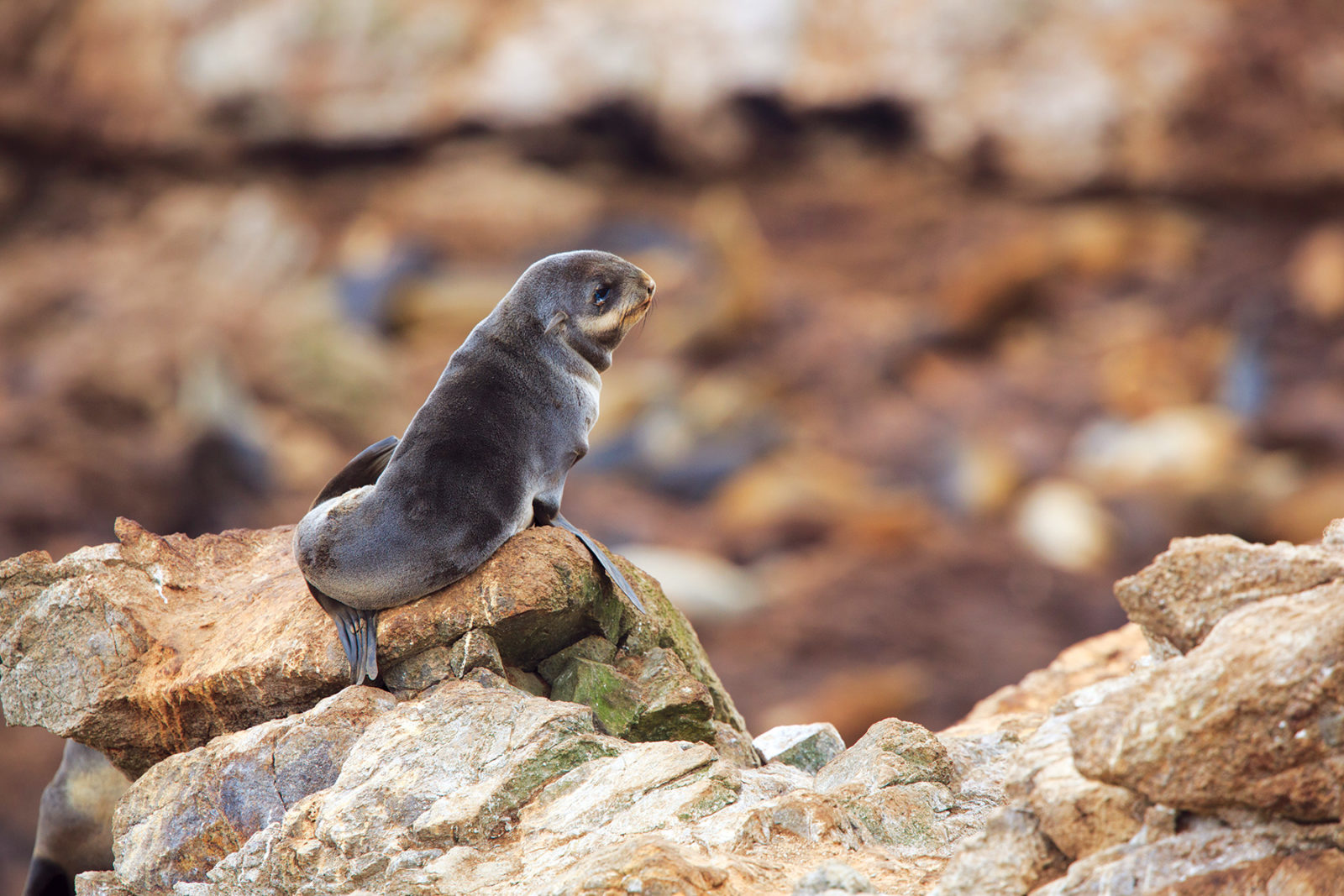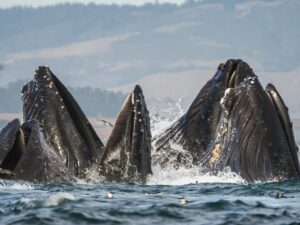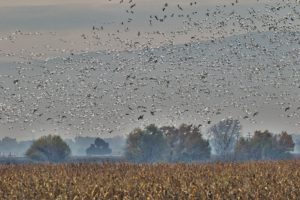The return of northern fur seals to the Farallon Islands has become one of the Bay Area’s great conservation success stories. But it’s not over yet. Summer is pupping season, and the islands’ fur seal population continues to grow so rapidly that the animals not only are snatching prime beachfront territory from larger yet less aggressive California sea lions, but could someday potentially displace other, more sensitive species, including Cassin’s and rhinoceros auklets, whose nesting season partially overlaps with the fur seal pupping season.
When Bay Nature last covered the story in 2011, the return was already considered a comeback. The colony had been extirpated from the islands by hunters in the early 19th century. But thanks in part to a hunting ban and other environmental protections, the fur seals officially returned in 1996 with the birth of their first big-eyed pup (whose mother had traveled from Southern California’s Channel Islands, home to another recovered colony). Within 15 years the local population had ballooned to 476 individuals.
Since then the seals’ recovery has continued apace, with growth rates increasing annually through at least 2016, says former Point Blue Farallon Program Leader Russell Bradley, who has studied the population since 2002 and spent roughly 1,700 nights—almost five years—based at a research station on the main island. (Last year’s figures appear to show a leveling off, though survey estimates are likely low, Bradley says.) The colony now includes roughly 2,000 individuals, more than half of which are pups born last summer.
“If it continues to grow, and they come back to the main islands, that may have much larger impacts potentially on seabirds and sea lion species,” Bradley says. But for now, it’s time to celebrate the northern fur seals’ success, especially as their population globally is on the decline and listed as “vulnerable” by the International Union for Conservation of Nature (IUCN). “It’s pretty incredible to see the recovery of this species in one of the few habitats that’s suitable for them,” Bradley adds.





